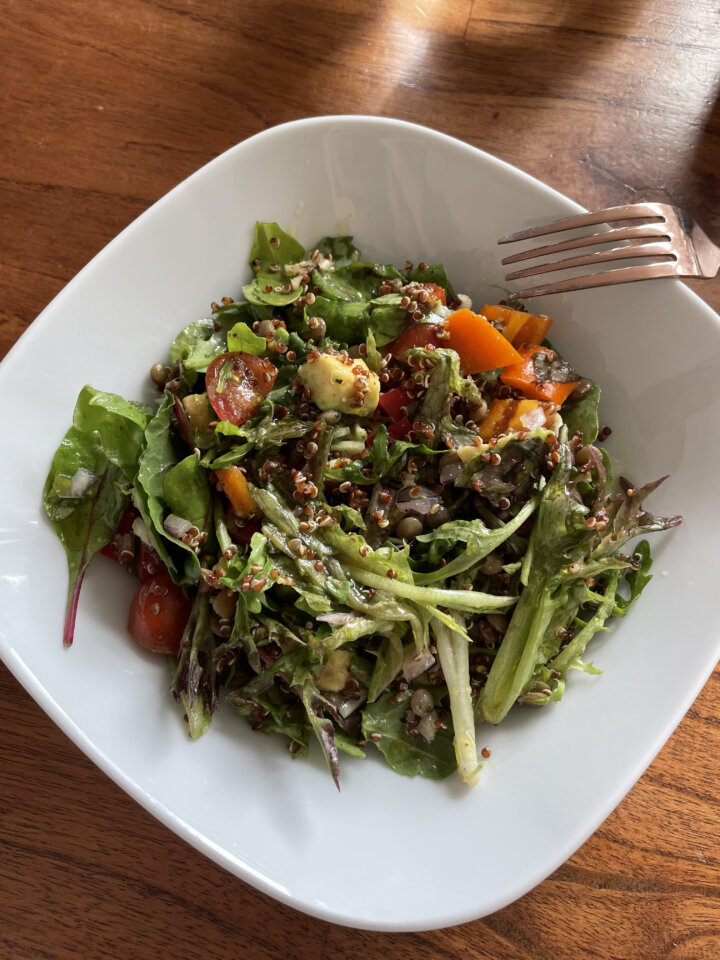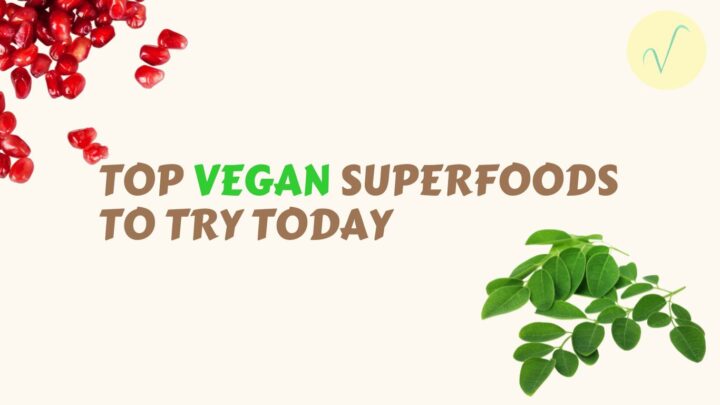In society it’s all too normal to be consuming gluten on a daily basis, so much so that people that aren’t even coeliac can be intolerant to it.
It can be hard to discover new grains especially when the majority of the Western world rotates between 3 grains: corn, wheat and rice.
This post is going to go through some delicious gluten free grains you can incorporate into your daily diet.
Amaranth
Amaranth is an alkaline grain grown in Mexico, Asia & India. It is rich in antioxidants, as well as iron and other nutrients.
You can enjoy amaranth as an alternative grain to rice, or even as a breakfast cereal.

Buckwheat
Buckwheat is a grain grain that works in salads, but is also a fantastic gluten free alternative to wheat when it comes to pasta – In fact, it’s my favourite pasta alternative.
Buckwheat is great for improved heart health, blood sugar control and works as a great vegan source of zinc.

Millet
Millet is a great alternative to cous cous. It’s gluten free and supports good bacteria in your digestive system by adding bulk to stools.
Rich in copper, iron and magnesium, it’s a great, nutrient dense grain to eat alongside other veggies and legumes.

Pure oats
Contrary to popular belief, pure oats are actually gluten free. The only reason you don’t see that when buying oats is because the packaging process can have cross contaminated gluten in the final product.
Oats are a great alternative to flour for making cookies, a solid breakfast option, and rich in protein, zinc and magnesium.

Quinoa
Quinoa is another alkaline, gluten free grain that helps lower blood sugar, and is rich in antioxidants. It can be enjoyed with salads, alongside curry, and also as a breakfast cereal if that’s your bag.
Quinoa is a great addition to your daily diet, being a complete vegan protein with all essential amino acids.

Teff
Teff is the grain predominantly used in injera, a type of flatbread, which is a staple in Ethiopian cuisine. It’s a nutritional powerhouse, rich in copper, magnesium, potassium and zinc, as well as other nutrients.
It tastes slightly bitter, but is great with traditional Ethiopian foods, such as lentils, legumes and veggies.

Wild, Red & Black Rice
All too commonly people eat only white and brown rice and don’t even realise the whole world of rice out there to explore. Wild rice, like the red and black varieties have much more texture, bite and flavour than the traditional, more starchy alternative.
Rich in folate, b6, magnesium and phosphorous. Black rice was so nutritional that in the past, it was dubbed “forbidden rice”, prioritised only for the emperor of China & the affluent.

Where can I find gluten free grains?
Gluten free grains are not too hard to come by, granted, you won’t find it in your everyday supermarket.
These gluten free grains, such as the ones just mentioned can be found in middle-eastern fruit markets, as well as the international food section of larger supermarkets.
Are gluten free alternatives healthy?
When we’re talking whole foods, yes. However, when we’re talking about gluten free breads, pastas and baked goods, you need to be really careful and check what’s included in the ingredients lists.
A lot of the time gluten free alternatives can include a lot of filler ingredients to achieve the same textures you desire, including emulsifiers, and other unpronounceable ingredients.
Healthiest gluten free grains
We hope you found this list of gluten free grains useful. If you liked this post, be sure to send it to a friend or loved one, it really helps us with growth.
Thanks for considering Veganising it for your vegan lifestyle inspiration. Stay well, and stay blessed.




